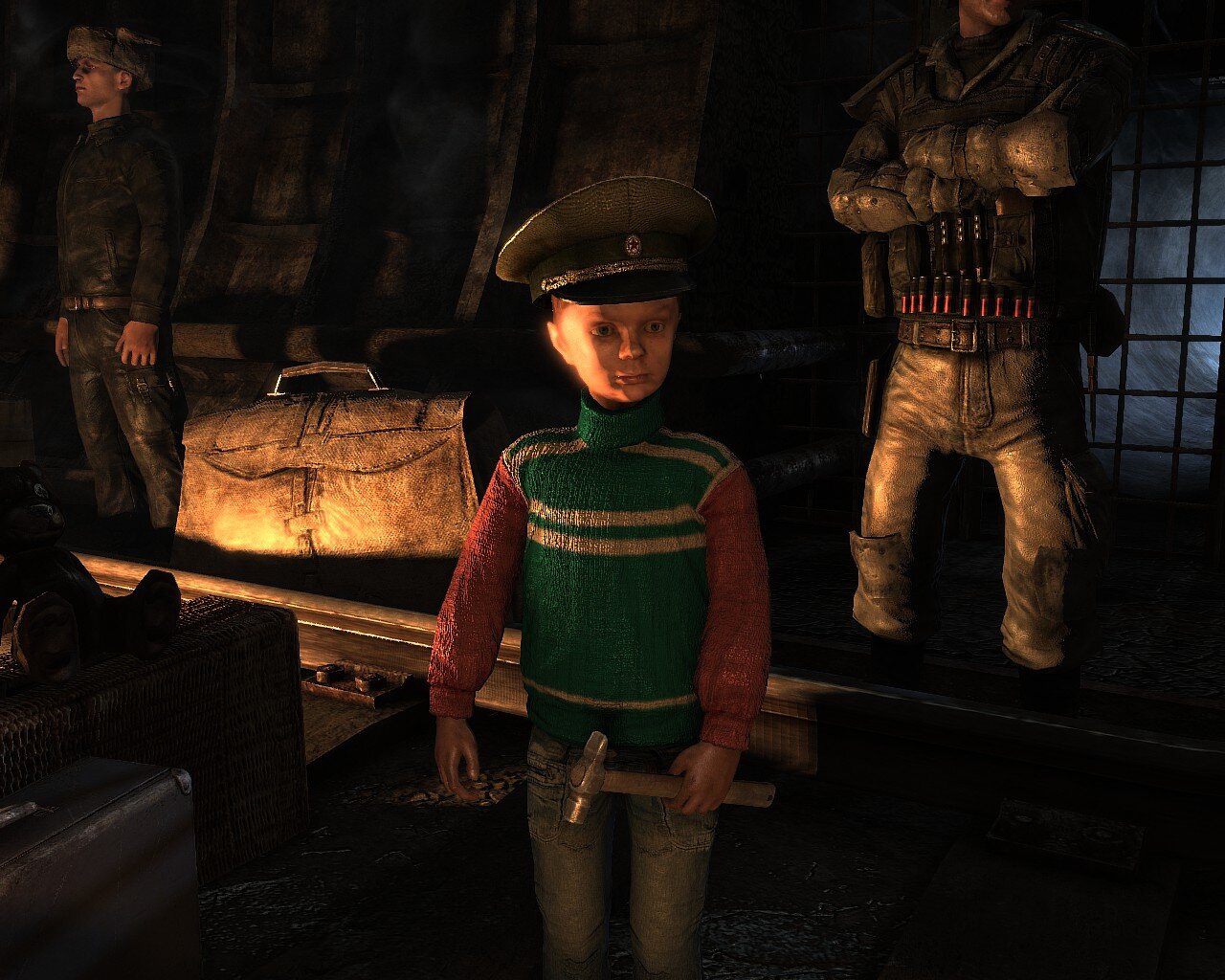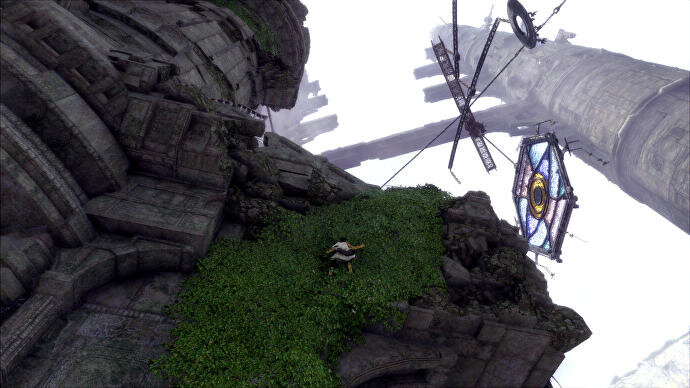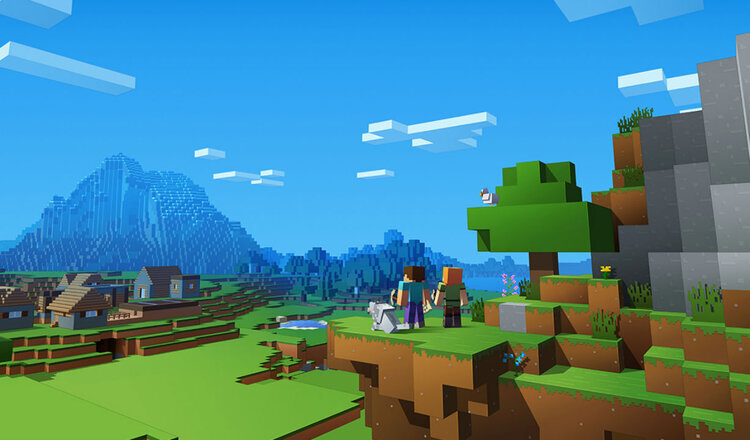Abstinence sows sand all over
The ruddy limbs and flaming hair,
But Desire Gratified
Plants fruits of life and beauty there.
The quintessence of the violence in the “West”’s epic romances is erotic, not heroic. From Dido to Dante to the dildo in GTA, the violence is driven by Eros, not Ares; the violent punishments in Dante’s Inferno are steeped in the eros of sadism (is 120 Days of Sodom so different to the Inferno?), making his depiction of endless copulation as a punishment neither horrifying nor nauseating by comparison, but merely a lukewarm inconvenience in the frigidity of an arctic hell. Yet in spite—or perhaps because—of his asceticism, Dante is also responsible for one of the greatest metaphors for lust: being driven about by the wind; though, again, who would not find joy in being a leaf (or more potently, pollen) borne by the wind? In the Western canon, only the likes of William Blake are willing to conceive of Dante’s orgies with the joy of abandon an orgy in hell would surely constitute; while elsewhere violence is usually seen through a kaleidoscope of orgiastic sensuality.
Even our own epoch’s great epic hero, James Bond, is an iconic character in film not a he is an incorrigible lothario but, on the contrary, because in spite of his seductive qualities, he is nevertheless the ascetic, masculine counterpart to the unrepressed, effeminate villains he flirts with in witty repartee—metaphorically saving not the world but his own anal virginity in the face of homosexual seduction, and proving always to be above even his own virile heterosexuality by rejecting as many amours as he engages in; showing a level of self-restraint that any self-flagellating saint would be proud of. (Though self-flagellation makes chastity pretty enjoyable; just ask Francis Bacon!) Indeed, when he makes the mistake of giving into his own sexuality and falling for a lady, it usually results in betrayal or disappointment. The literary Bond is a slightly more interesting character in that his womanising leads to a lonely life, and he experiences as much sexual frustration as he does satisfaction, but the moral is much the same.
The human algorithm (input: a female lead, a modern witch, uses four guns; output: the above) behind Bayonetta is a woman, so her partial nudity is acceptable by default, okay?
Interestingly, in spite of Bond’s potent heterosexuality being contrasted with his enemies’ weening homosexuality, Ian Fleming’s ancestors mentioned above were saving themselves from seduction by women and finding sexual release in fucking their fellow countrymen. By the time Ian Fleming was being recruited by a rear admiral, the sodomy going on in the armed forces had been institutionalised to replace the more violent hazing practices of the homosexual glory days of the armed forces, so it’s no surprise that homosexuality in the armed forces is today suppressed, as initiation is by its very nature taboo. The institutionalisation of prostitution (during the last two world wars, the imperialist militaries progressed beyond the ancient Greek sexual mores to the 19th century’s) probably has something to do with it, too.
Luckily Bayonetta isn’t the videogame equivalent to James Bond or epic poetry written by ancient pansexual soy boys and sadists, even though post-war Japan is as much a part of the Western as the Eastern canon. Bayonetta is The Avengers; a classic romance! While Kamiya’s first beat ‘em up, Devil May Cry, flirted with a psycho-sexual theme—very Oedipal in its complexes, too!—it never really expanded on it, and as the series continued without Kamiya at the helm, it soon devolved into the anodyne, cheesy homeliness of boy band erotica that teenage girls had to wank to until Twilight gave them something far more exiting than Justin Timberlake and co. with semen slicking back their hair. Not coincidentally, Stephenie Meyer’s action scenes are much more exciting than Ian Fleming’s, and her books’ erotic passages are not moments of sexual rejection and metaphors for sexual frustration lifted from Freudian dream analysis (e.g. Bond’s failed liaison and its violent metaphysical interruption on the beach in Moonraker), but the fantasy, anticipation, and even consummation of her romantic leads’ courtship; though Stephenie Meyer still cannot help but mythologise desire and lust.
Some insipid, insignificant comic has made finding The Avengers pics a nightmare.
The Avengers, with smarter writing, more sensual leads and more suspenseful action than the material it satirises was—much to the show’s producers’ chagrin—taken as seriously by its audience as the targets of its wit. (Incidentally, the image of all-powerful espionage agencies we are haunted by today is an invention of world war II propaganda and the spy-inspired pop art of the Cold War, whether the conservative 007 or the counter-cultural The Prisoner; the reality of espionage is closer to the farcical narcissism of Tinker, Tailor, Soldier, Spy vs. Spy.)
But The Avengers was aired during the peak of the Cold War, after all—Capitalist America was busy fighting the Vietnamese Communists in a highly-competitive and equally peaceful espionage and propaganda battle that somehow killed millions of people in spite of the war’s famous frigidity; but when propaganda consists of bullets, bombs, bayonets and Bayer’s latest chemical blends, it does tend to kill many more people than it converts,—so the producers should not have been too surprised that their audience would have difficulty in understanding the difference between parody and what was being parodied.
The best seasons of The Avengers are after John Steed (Patrick Macnee) is transformed from a debonair spy who wore trench coats like the coolest noir private dicks—not serial killers and paedophiles, although already the practical trench coat was growing a bad reputation—into an equally debonair dandy (an even greater achievement in charm and costumery), and was joined by Mrs. Peel (Diana Rigg) whose outfits were even more ludicrous, not to mention cool, than his. All of a sudden, the witty repartee was shared not between villain and hero but between protagonists dressed in a variety of colourful and glamorous suits and catsuits. The Avengers soon outgrew parody—just as the James Bond film series grew more and more ironic—inventing its own psychedelic and surreal world every bit as engrossing and original as that of its counter-culture competitors.
Labic is the correct term, Phil! Yonic would also suffice, but has religious connotations, so wouldn’t be applicable here. Personally, I prefer to misuse labial!
The transference of the sexual tension from the violent struggle to retain one’s virginity (whether one is beset by the queens of antiquity trying to ruin your bloodline or the drag queens of international conspiracies trying to crush Western Civilisation) to maintaining a professional relationship in spite of your partner being irresistible and an endless flirt, also allowed for what had once been very competent and suspenseful espionage plots to find just as much excitement in the sensual joy of surrealism’s extension of aesthetic (sexual) experience to every sensory facet of life, without the shame that sublimates it to another expression (such as imaginary violence); albeit with an ultimately ascetic basis for its sexual tension.
It may seem like a strange comparison, but Bayonetta’s themes could just as easily summarise the greatest seasons of The Avengers: “sexiness”, “partial nudity”, and “fashion”. Bayonetta, like The Avengers, is committed unashamedly to the worship of Eros. There is no transference of sexuality to violence in Bayonetta either, albeit because the two are indistinguishable; which is a little different to sublimation, and one could hardly accuse Bayonetta of being an ascetic. Indeed, she revels in her seductive power, which is directly proportional to how naked she is. The combat also easily sidesteps the Protestantism of many beat ‘em ups. Although you do indeed grow more powerful and unlock more moves as you play, you almost immediately have access to all basic moves that affect the mechanics on a fundamental level, allowing you to enjoy the sensual mayhem as soon as you begin—almost as if it were a fighting game!
The most impressive aspect of the enemy design in the original Bayonetta is the grotesque way in which the bosses and, to a lesser degree the standard enemies, are mutated masses of diverse body parts put together in a hideous manner so that they would not be out of place in the bestial language of medieval art. Abstinence sews sand all over!
The contrast between the washed out, prudish neo-classical design of the angels and the high-fashion concept-art wantonness of Bayonetta and her colourful combos is hilarious—from the standard enemies to the bosses, the soldiers of heaven are hell-bent on stopping Bayonetta, encouraging the player to respond in kind by being as aggressive as possible; thus inadvertently encouraging her advances, while her own flagrantly-sexual beatings in turn further enflames the supposedly chaste angels desire to stop her! While Aeneas was grovelling at Mercury’s marble feet, Bayonetta would have been cutting them to ribbons, not committing suicide.
Technically, the fights against humanoid bosses are equal to anything else in the genre, and some are almost as fascinating a prospect as fighting against another player in a fighting game—something that is expanded on in the sequel, but Bayonetta 2 is not as pure an aesthetic experience as the original and, just like the sequels of Devil May Cry, it moves away from being an irreverent tribute to Eros; eroding its shameless sexuality with irony.
Bayonetta’s sexiness, partial nudity and fashion make for one of the purest expressions of action (the joy of the body) in any medium this decade, and aesthetically it is as delectable as Flowers of Evil—but unlike Baudelaire’s masterpiece, it is free of a self-pitying predilection with disease and death (the psychosomatic symptoms of shame); it is the naïve laughter of the living, not the cynical scoffing of the dying.
I have no idea what this, or what it was doing in the game…
Antichamber is a fever dream of a game. Or literally a fever dream I had, I’m not sure which, as I played it while suffering from one of the worst fevers of my life; but unlike the worst fever of my life, the entire experience wasn’t magical (and didn’t result in the permanent brain damage that should be all too apparent to anyone reading this list): when I wasn’t playing or writing and editing my review of Antichamber, I was just in horrible pain and longing for the mercy of death. (Of course, the fact that I could play and review a game during it means it wasn’t really that bad of a fever in reality.)
But out of such a burning fiery furnace, the feverish colours, creative logic and total freedom afforded to the player have been burnt, like an encephalitis, into the soft tissue of my brain. Antichamber is the greatest puzzle game of the decade and one of the greatest ever (sorry pedantically-excluded Tetris remakes, but the only level on which you can compete with Antichamber is in your ability to hypnotise), because it is one of the very few, if not the only, puzzle game to allow the player to solve puzzles in any way they please, no matter how ridiculous.
The similarities to Portal end here.
It is not the logic of the puzzle one must follow, but the logic of the physics of the game world. Just like problem solving in reality, one can institute ridiculous, brute-force solutions (such as a laboriously building a bridge pixel-by-pixel to get across a gap, when the logic of the puzzle wants you do something more elegant, though no more effective) if it is more efficient than wasting time on figuring out one of the “correct” solutions. This might sound like a negative, but anyone who has ever built something knows that bodginess is next to cleanliness (as, as often as not, well-hidden bodigness is the secret of clean design)—and Antichamber rewards the bodgy just as much as it rewards the bougy.
Indeed, if Braid’s puzzles mimicked the creative process, then Antichamber’s allowed for its puzzles to actually be solved via the creative process!
P.S. Bonus Braid content.
Well said, though more likely it would say Fuck the Enemy (whoever the enemy is).
One of the most disturbing things I have witnessed (from the safety of my own home!) is the amputation of a leg using a hacksaw, with no anaesthetic. Anyone who has ever butchered meat will know how difficult flesh, let alone bone, is to cut through without the proper implements. Being maimed by mines and shrapnel only to be butchered by doctors to save their lives is the reality faced by civilians in war (most modern armies, unless engaged in total war, have ample medical infrastructure to treat the soldiers maiming one another and whoever else happens to be nearby; the latter they only sometimes use their ample medical resources on, however) and, while there are no anaesthetic-less amputations, This war of Mine does not shy away from the fact that modern warfare is not the story of soldiers, but that of civilians.
The result is the most difficult, tense, and disturbing survival horror game ever made; one that confronts you with sometimes heartbreaking moral and daunting practical problems to solve when there is not enough food, medicine or fuel (and there rarely is) for the inhabitants of the hovel—which you are trying to make liveable by scavenging, rationing, stealing and trading—to go around. That the characters are but hollow archetypes is a quality not a flaw, as it allows them to be fleshed-out with your own projection, memories or imagination.
I only made it three more days on this play-through.
Just having one resident survive to the end of the war is an achievement, let alone a whole household—which is admittedly a slightly hyperbolic rendering of the siege of Sarajevo on which This War of Mine is based. Yet this achievement—survival—offers the player no satisfaction, nor even consolation: instead, success is merely an almost hollow relief; testament to how genuine and well-designed the difficulty is, as much as how suitably true to its theme the gameplay is. (If you are satisfied, not relieved, by your achievements in life; then you need to be more ambitious!)
This War of Mine is arguably the best fictional examination of war of the decade in any medium, let alone gaming; and as an RTS, it is a wholly original and engrossing experience.
She didn’t even last that long.
N.B.
It would be remiss of me not to mention another tremendously original strategy game that came out this decade: Valkyria Chronicles. However, like most works of art with war as a theme, it ultimately amounted to little more than a self-pity party that is real sad about all of that killing and stuff, but ultimately can’t figure out how to solve conflicts without violence most of the time. Great game—and story, too—don’t get me wrong, but it’s doubly-worth mentioning because its thematic failure is universal across all mediums, further emphasising This War of Mine as an astounding achievement. Don’t get me started on Saving Private Ryan!




















![This absolute filth is easily the best third person shooter since Gunstar Heroes (though Hotline Miami is a big contender from this decade), but it makes me sad that I couldn’t figure out how to shoehorn in Binary Domain or any Nagoshi [Japanese] ga…](https://images.squarespace-cdn.com/content/v1/51661d34e4b035d7482e8ce6/1583120091722-7NQWNK66HV9SWHZ1I195/mdk2.jpg)

























